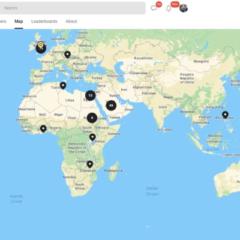New stations
🎉 I am happy to share that we have added all the new stations to the 2025 examinations: 1. Spinal Accessory Nerve Injury 2. Post Posterior Triangle Biopsy🫁 Post-Carotid Endarterectomy Complications – CN X & XII🦴 3. Chest Trauma + Shoulder Injury – Clavicle + Rib Fractures 📚 Knowledge:(Critical Care) 1. Pituitary Tumour 2. Brainstem Death (Critical Care)
Weekly discussion 👩🏫🧠📖💭
"What was the biggest challenge you faced while preparing for the MRCS Part B exam?"

We are here to help you
Please let us know what you would like to change or add to the MRCS OSCE section on Skool Drop a comment on this post
4
0
We are live now_Join us
We are live now join us_Press on the link directly no need for Zoom
1-30 of 151
powered by

Suggested communities
Powered by


